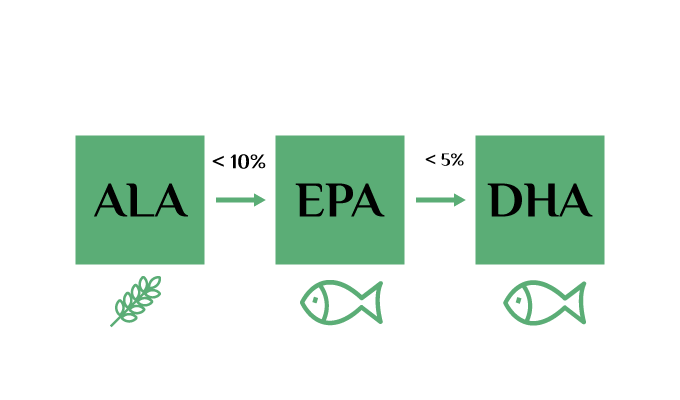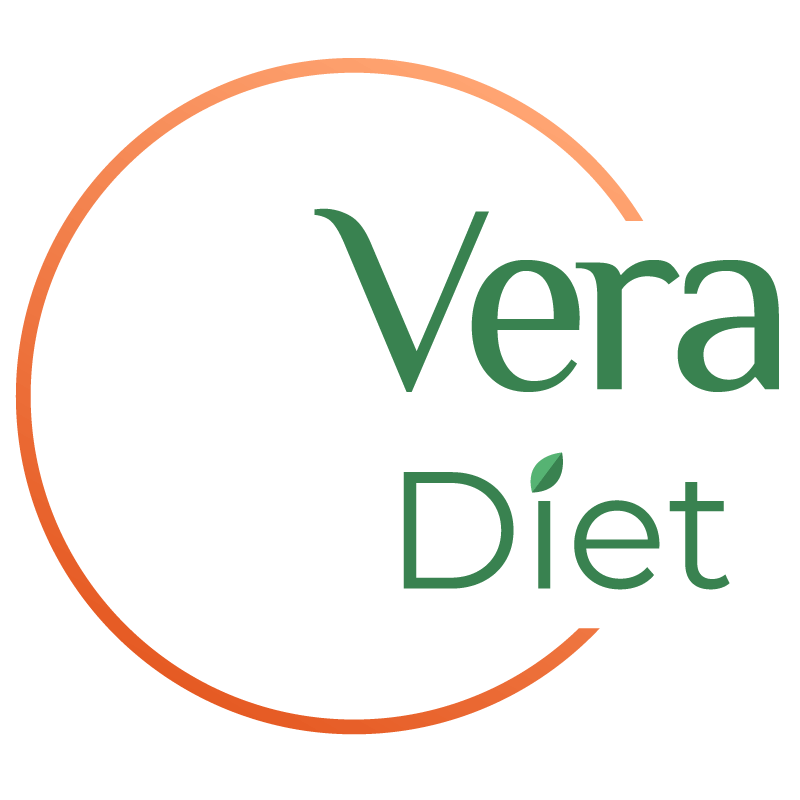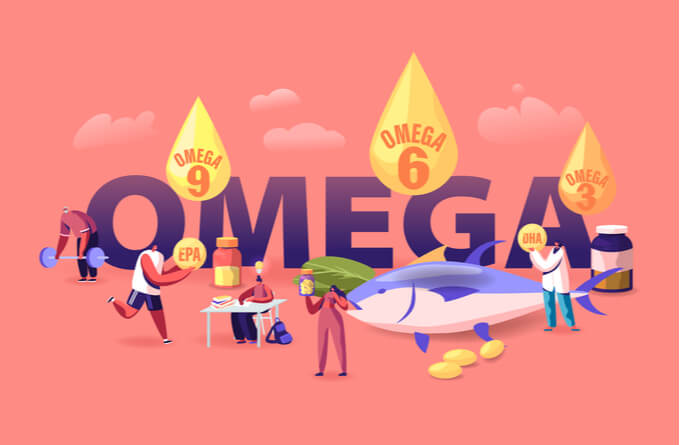This is a very long and well-known story, right? Indeed, in the nutrition rivalry Omega 3 is usually a hero, while Omega 6 often ends up to be a villain. But I’ll explain why they are actually both your friends.
Polyunsaturated fatty acids
First of all, Omega 3 and Omega 6 are polyunsaturated fatty acids. Polyunsaturated fatty acids are fatty acids that have two or more insaturations (double bonds) in their chains. Omega 3 and omega 6 are called this way because of the position of a first double bond from the omega end: 6 for omega 6 and 3 for omega 3. 
Omega 3’s story
Omega 3 known as a hero actually regroups 3 fatty acids: α-linolenic acid (ALA), eicosapentaenoic acid (EPA) and docosahexaenoic acid (DHA). Those are very fancy names you don’t need to know. But it’s quite possible you’ve heard these abbreviations. 
ALA Omega 3 fatty acid is essential, meaning it can’t be synthesized in our body and must come from food sources. EPA and DHA are conditionally essential, basically they can be synthetized from ALA (look above) but this capacity is very reduced, and is impaired with aging. Because of this, it is recommended to consume 0,5 g of DHA and EPA altogether daily (1).
Omega 3s are good guys indeed: they have anti-inflammatory qualities, reduce blood triglyceride levels, stimulate blood circulation, and according to some sources they also increase HDL (good) cholesterol and decrease risks of neurodegenerative diseases like Alzheimer’s and dementia (2,3,4).
Fun fact, our brain is made up of 60% of fat! And essential fatty acids and especially DHA play a huge role in brain development and functioning. So fish oil for kids doesn’t seem like a stupid idea. Another fun fact, most calories in breast milk come from…fat. Because once again it is essential for children’s brain development. Plus Omega 3s and DHA in particular, play a big role in vision health.
Sources
ALA are mostly found in plant sources like flax and chia seeds and walnuts. Although, today we also have Omega 3 eggs (their chickens are fed with flaxseeds) and grass fed beef, that contains some ALA. The main DHA and EPA sources are animal ones, mostly fatty fish like salmon, mackerel, anchovies and herring as well as seafood like oysters. That’s why it is recommended to eat fish twice a week cause it is a great source of omega 3. But why only twice? Because fish is very polluted and accumulates heavy metals like mercury. Of course, small, wild caught and organic fish is definitely better but it is still not completely clean. Also be careful when choosing an Omega 3 supplement, because it may be polluted too.
The story of Omega 6
Omega 6 fatty acids, also commonly known as bad guys, regroup Linoleic acid (LA), which is an ESSENTIAL omega 6, Arachidonic Acid (AA) and Dihomo-gamma-linolenic acid (DGLA).
Omega 6 are proinflammatory, that’s a fact. But they also reduce cholesterol blood levels. In a lot of cases they play like antagonists of Omega 3s…but not villains 😀
DGLA Omega 6 for example is closer to Omega 3 since it has anti-inflammatory properties and potential in fighting proliferating diseases (5).
Omega 6s are much larger present in various products including eggs, sunflower and peanut oil, walnuts (yes, they are both rich in Omega 3 and Omega 6) but mostly in fast food and snacks.
Ratio is the key
What matters the most is the ratio of Omega 3 to Omega 6. Western diet has an average 15/1 ratio which means way too much omega 6 and not enough omega 3. The optimal omega 6/omega 3 ratio is 5/1 or less (so you should get at least 1 part of Omega 3 for 5 parts of Omega 6). But for therapeutic effects, a ratio can vary. For example, a ratio of 2.5-to-1 reduced rectal cell proliferation in patients with colorectal cancer. In the secondary prevention of cardiovascular disease, a ratio of 4/1 was associated with a 70% decrease in total mortality (5). So if you don’t eat any fish and walnuts, supplementation could be considered with your doctor or dietitian.
Cooking with Omegas
Another good source of Omega 3s is some oils like canola, soy, walnut and flaxseed oil. Although, be careful, frying on these oils if they are not refined is not safe. You should use these unrefined oils in salads or add to already made meals. A complete article on cooking with oils is coming soon.
Practically speaking
Both Omega 3 and Omega 6 are an essential (literally!) part of a balanced diet. Want to make sure it’s really balanced? Eat fatty fish, walnuts, flaxseed and chia seeds. Add some walnut or flaxseed oils to your salads and cut down on sunflower oil rich in Omega 6. If you don’t eat these products, consider taking Omega 3 fish oil supplements. And if you do, enjoy your delicious and nutritious meals.




